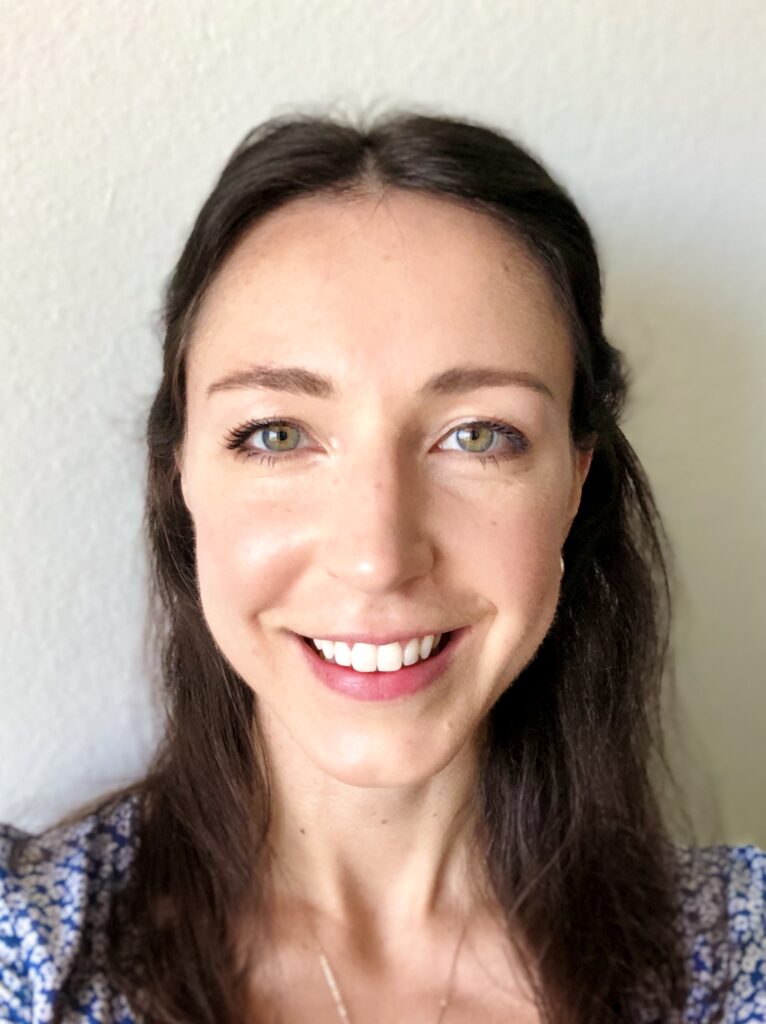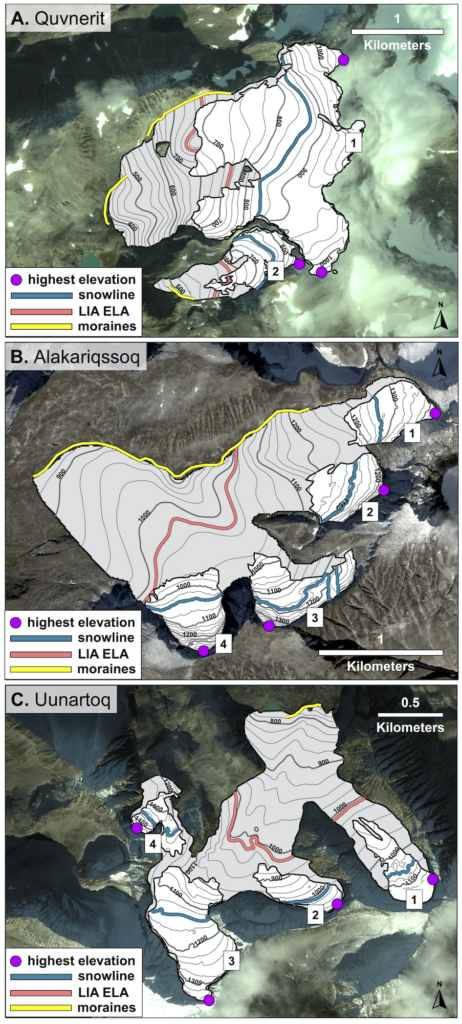Speaker: Laura Larocca, NOAA Climate and Global Change Postdoctoral Fellow, Northern Arizona University
Host: Geeta Persad
Title: The Holocene history of Arctic glaciers: Insights into past climate and the future evolution of Earth’s cryosphere
Abstract: In recent decades, mass loss from glaciers worldwide has accelerated, contributing significantly to sea–level rise. Their continued melt is also expected to alter local hydrological systems, affecting freshwater availability and quality. Despite these problematic impacts, little is known about glacier variations prior to the satellite era—a limitation that contributes to uncertainty in their future evolution under sustained warming. Long–term perspectives on glacier fluctuations also offer a window into past climate, informing our knowledge of the complex spatio-temporal pattern of Holocene temperature changes, and the climate dynamics that govern a warmer Earth system.
In this talk, I will present an approach that combines analysis of glacial lake sediment records and geospatial methods to constrain (1) the timing of Arctic Holocene climate shifts, and (2) the magnitude of summer season temperature change by modeling past glacier surfaces and their equilibrium–line altitudes (ELAs). Results from three lake sites in south Greenland show glacier presence in the early Holocene and suggest a delayed thermal maximum relative to sites farther north. I will also present insights from a new synthesis of all published Holocene lake-based glacier records from across the circumpolar Arctic. Most importantly, the review reinforces that relatively modest summer warming in the early Holocene (compared with projections of larger future climate change) drove major environmental changes across the Arctic, including the widespread loss of glaciers.
Finally, I will briefly present my current work: the first Arctic-wide prediction of glacier lifespans. This work will model when the Arctic’s 40,000+ land-terminating glaciers crossed, and will cross, those critical topographic thresholds which equate to glacier birth and death. The work will therefore provide a regionally differentiated picture of past glacier change and predictions of their future demise under different warming scenarios. Future work will look to interdisciplinary approaches with the aim of providing a more complete view of past, present, and future change in the Arctic cryosphere.


